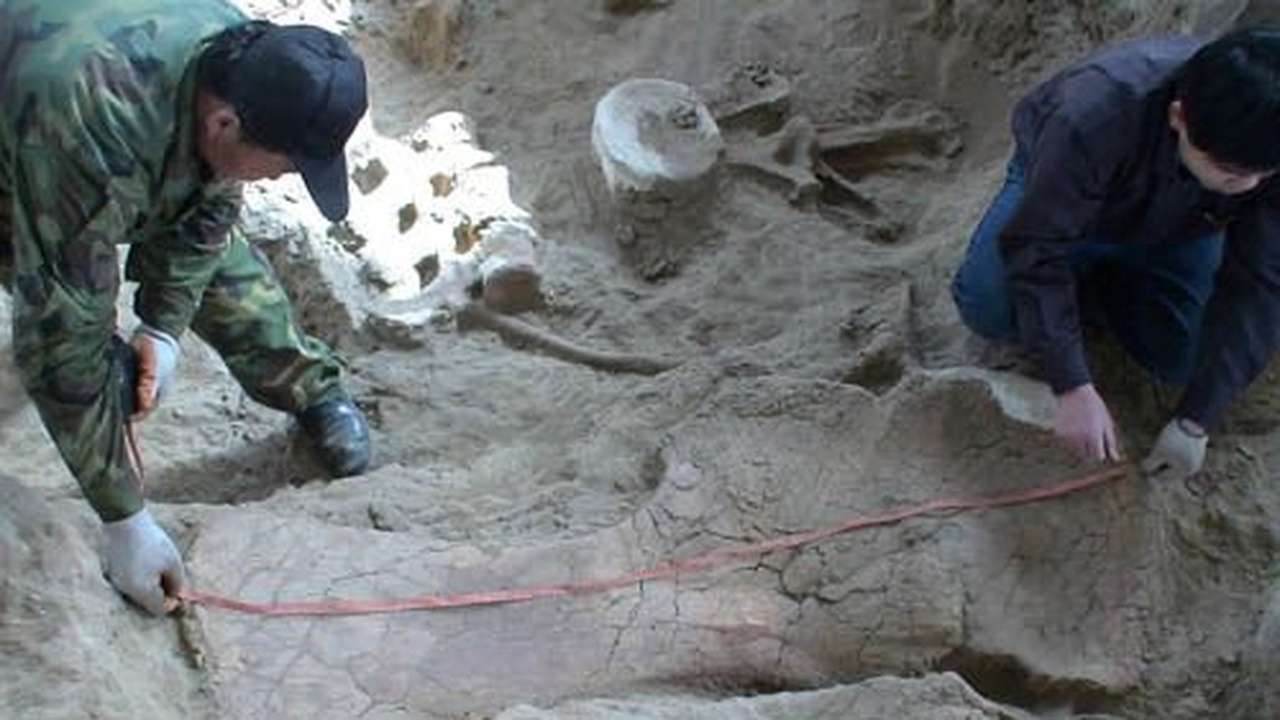- Select a language for the TTS:
- UK English Female
- UK English Male
- US English Female
- US English Male
- Australian Female
- Australian Male
- Language selected: (auto detect) - EN
Play all audios:
New research has found that, for infants presenting with their first febrile UTI, renal and bladder ultrasonography (RBUS) has low positive predictive value for abnormalities determined by
voiding cystourethrogram (VCUG), confirming previous results and questioning the current diagnostic framework.
In 2011, the American Academy of Pediatrics (AAP) updated their guidelines for the treatment of children aged 2–24 months with a first febrile UTI, to recommend that RBUS be used to identify
genitourinary anomalies, with VCUG only to confirm suspected abnormalities indicative of vesicoureteral reflux (VUR), or on recurrence of UTI. Previously, screening combined both
procedures. The rationale behind this change is that VCUG represents overtreatment in the first instance, as the incidence of high-grade VUR is low in this population overall, but much
higher in those with recurrent UTI. With watchful waiting until recurrence, the discomfort and potentially harmful radiation burden of VCUG can be restricted to those infants most likely to
have high-grade VUR.
Anyone you share the following link with will be able to read this content:



